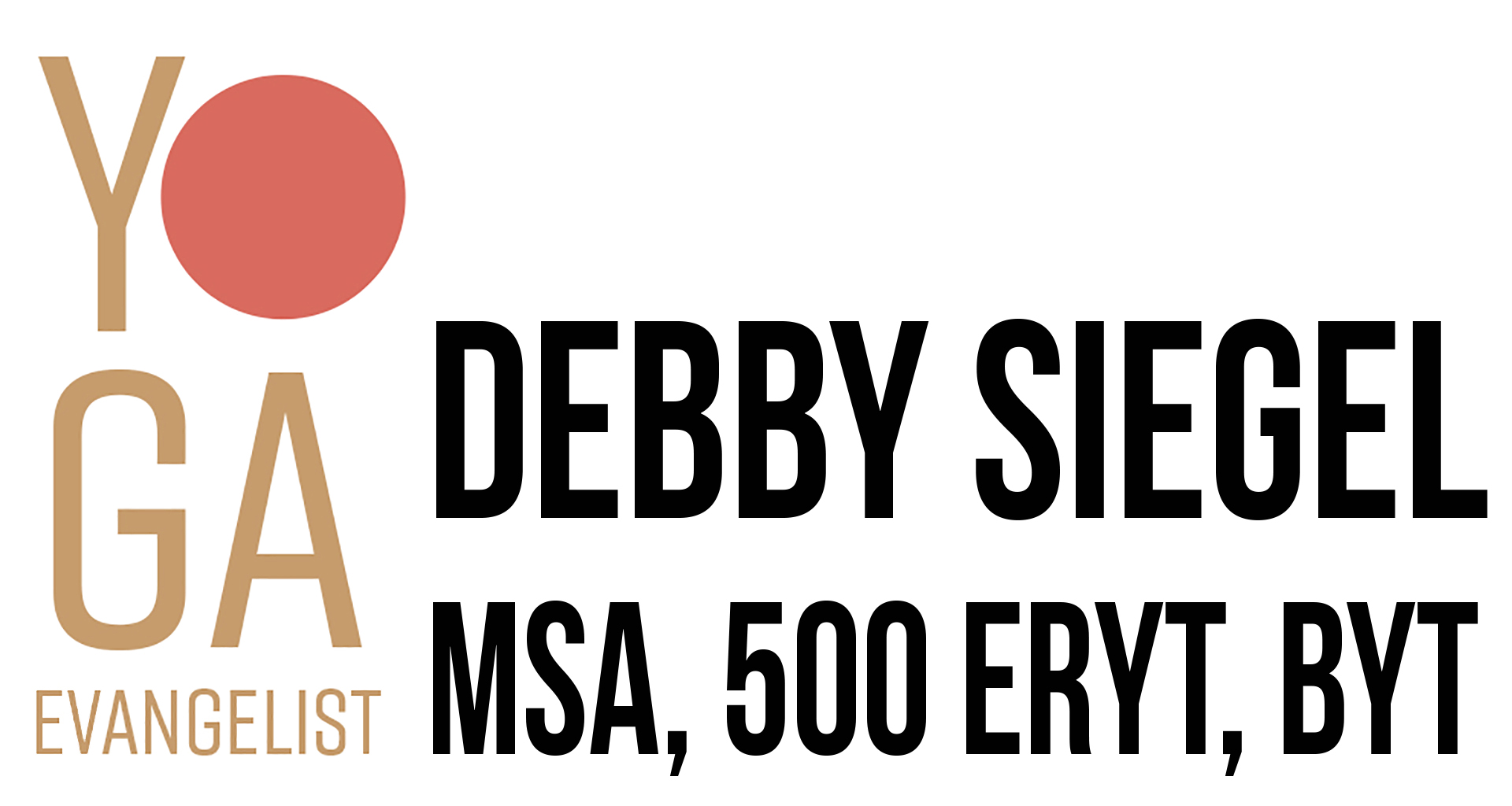Why do yoga teachers use a language 1000s of years old?
Sanskrit is no longer used as a spoken language, yet this oldest language on Earth is still prominent in Yoga classes.
Attend enough Yoga classes in various locations, and you will likely arrive in a class some day where the teacher uses only the Sanskrit title to describe the posture you are supposed to be forming with your body, leaving off the English variation altogether. This can be frustrating and alienating. I have also noticed that even the most seasoned Yoga teachers vary slightly on Sanskrit posture pronunciations. So why would this ancient language be important enough to survive and make its way into the modern Yoga classroom?
Ancient Poetic Wisdom
The original Yoga texts, including Pantajali’s Yoga Sutras were written in Sanskrit. This age old language is believed to be more effective and potent because of its spiritual sound quality. Sanskrit encompasses a precise, spiritually-technical vocabulary as well as a fluidity of vibration harmonies. What?!
Jay Kumar, a Sanskrit scholar, yoga therapist and producer of a CD and reference guide for pronouncing Sanskrit, informs us that each of the 50 letters of the Sanskrit alphabet are thought to have a sound frequency with a specific therapeutic benefit. Woah. Now you’ve got my attention. So there is a sort of an extension of breath to flow? Encoded in the words are actual sounds that can create a unity within the body? I’m listening. The Sanskrit names communicate meaning through sound; and as they yoke sound and sensation, they reveal to each individual the universal experience of a pose. Mind blown…
Inquiry
Dr. Douglas Brooks, Sanskrit scholar and Professor of Religion at the University of Rochester, believes one of the best reasons to use the Sanskrit terms is to stir up interest and nurture curiosity. I get it. Yes, curiosity is our original teacher. By inquiring, we learn, and Yoga gifts us with continuous self-inquiry. So it makes sense to this dedicated student of Yoga that any part of the process that invites in more curiosity attunes my attention.
Universal Universe
Using a language older than Greek brings about a commonality in classrooms all over the world. Knowing Sanskrit and connecting it to our practice roots us in tradition with a common vocabulary. So it is connecting us to a much larger population around the globe. Aha, connection, Yoga’s promise. This makes sense.
It is also an important component of Yoga teacher trainings for communication among Yoga teachers. Rather than going over three different English names of a specific technique, the same technique in Sanskrit has one name. (Like with all languages, there are a few exceptions.)
Sanskrit is part of Yoga Six’s Yoga Teacher Training. Of all the things I learned in mine, I pushed this to the back of my list, waaay behind composing those practice teaching sessions. I still don’t know some of the asanas in Sanskrit. But we were invited, if it felt authentic to us, to sparingly insert Sanskrit in classes and use the English as well. It is believed that this style creates classes that resonate with more students while bringing in some of the original context of yoga. By simultaneously labeling postures using both languages, teachers give regular students the opportunity to learn some Sanskrit, while allowing those who have no interest to tune it out.
Integrating a language older than Latin into the yoga classroom might seem silly or egotistic to some. I’ll admit that past me thought this pretty much every time. But now knowing that it has basis in vibrational connections, I find I understand better why it’s still used. Here are just a few Sanskrit words and components you may recognize. Feel free to comment with others or your feelings on Sanskrit in yoga classrooms. Namaste my friend.
Sanskrit 101:
Asana This word refers to the poses that compile the physical practice of Yoga. It is also the ending of each posture’s Sanskrit name. i.e. Sukhasana- Easy Pose, or criss cross apple sauce. Tadasana – Mountain Pose.
Ardha A word which means “half,” ardha is used in poses like Ardha Uttanasana (half lift or half forward fold).
Supta This language component means “reclined” and is used in many poses where you are asked to lie on your back, such as Supta Baddha Konasana or Reclined Bound Angle Pose.
Namaste The universal greeting, namaste is a combination of two Sanskrit words: nama, which means “bow” and te, which means “you.” It can be translated a number of different ways, but I often explain it like this: “the light and teacher within me recognizes and honors that same light and teacher in you.”




